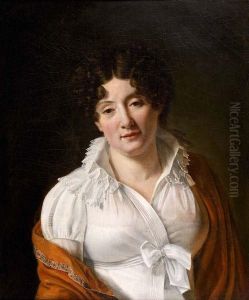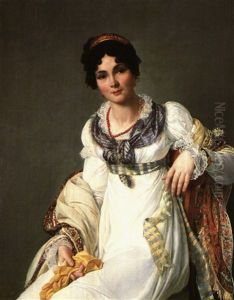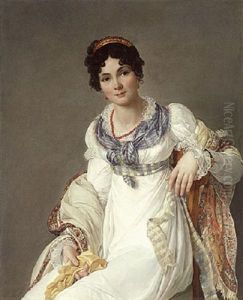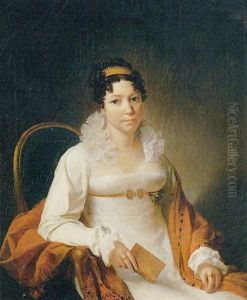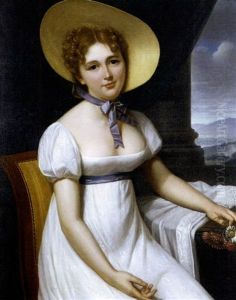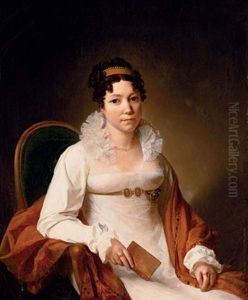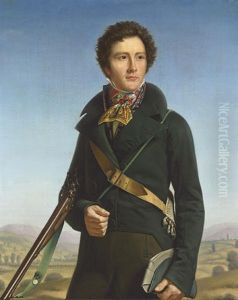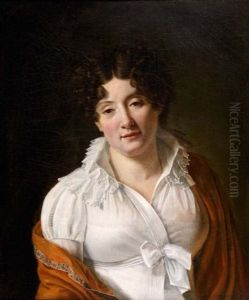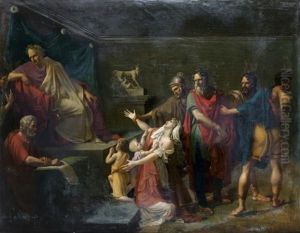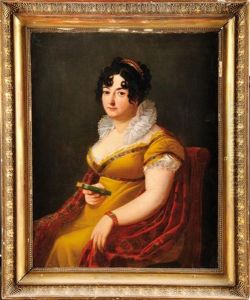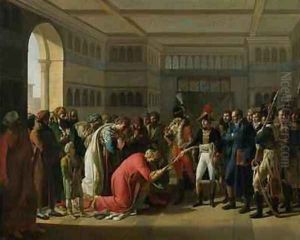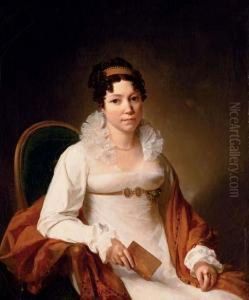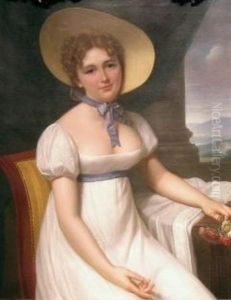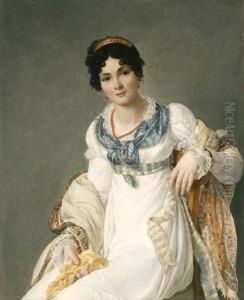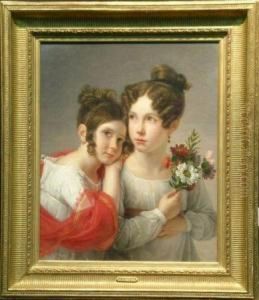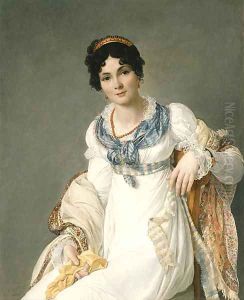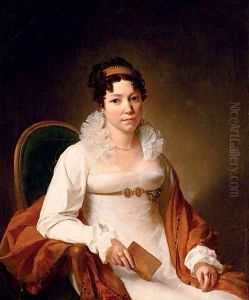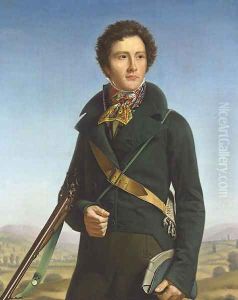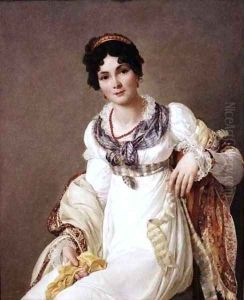Francois Henri Mulard Paintings
François-Henri Mulard was a French painter known for his portraits and historical genre scenes. He was born on March 4, 1769, in Paris, France. Mulard demonstrated an interest in art at a young age, and pursued his passion by studying at the prestigious École des Beaux-Arts in Paris. Under the tutelage of renowned artists such as Joseph-Benoît Suvée and Jacques-Louis David, Mulard honed his skills and developed a style that combined neoclassical influences with a sensitivity to the emerging Romantic movement.
During the French Revolution, Mulard's career was initially disrupted, but he soon found opportunities as the political climate shifted. He received commissions to create portraits of military and political figures, which helped to establish his reputation. In 1806, Mulard participated in the Prix de Rome, a highly esteemed art scholarship competition, and although he did not win, his participation garnered him further recognition.
François-Henri Mulard's works often reflected the societal changes happening around him. His paintings showed an adherence to the academic standards of the time, with precise draftsmanship and a clear narrative structure. However, Mulard also infused his works with an emotional depth that resonated with the Romantic sensibilities of the period. His historical genre paintings often depicted scenes from French history, imbued with a sense of drama and detail that captivated viewers.
Throughout his career, Mulard remained engaged with the art community in France. He exhibited his works at the Paris Salon, the official art exhibition of the Académie des Beaux-Arts in Paris, where he won several awards. His contributions to French art were recognized when he was made a Chevalier of the Legion of Honour, an order of merit established by Napoleon Bonaparte.
François-Henri Mulard passed away on April 29, 1850, in Paris. Although not as widely known today as some of his contemporaries, his work provides insight into the transitional period between neoclassicism and Romanticism in French art. His paintings are housed in various museums and collections, serving as a testament to his skill as a painter and his influence on the art of his time.
